BQ Tests: Ground Effect Stingray
By Mike Blewitt Ground Effect are well-known for making versatile cyclin...
With the advances of battery technology and design, more and more people are making the switch to electric bikes — also knows as e-bikes — for transport and recreational use.
So, what should you consider if you’re thinking of buying an e-bike?
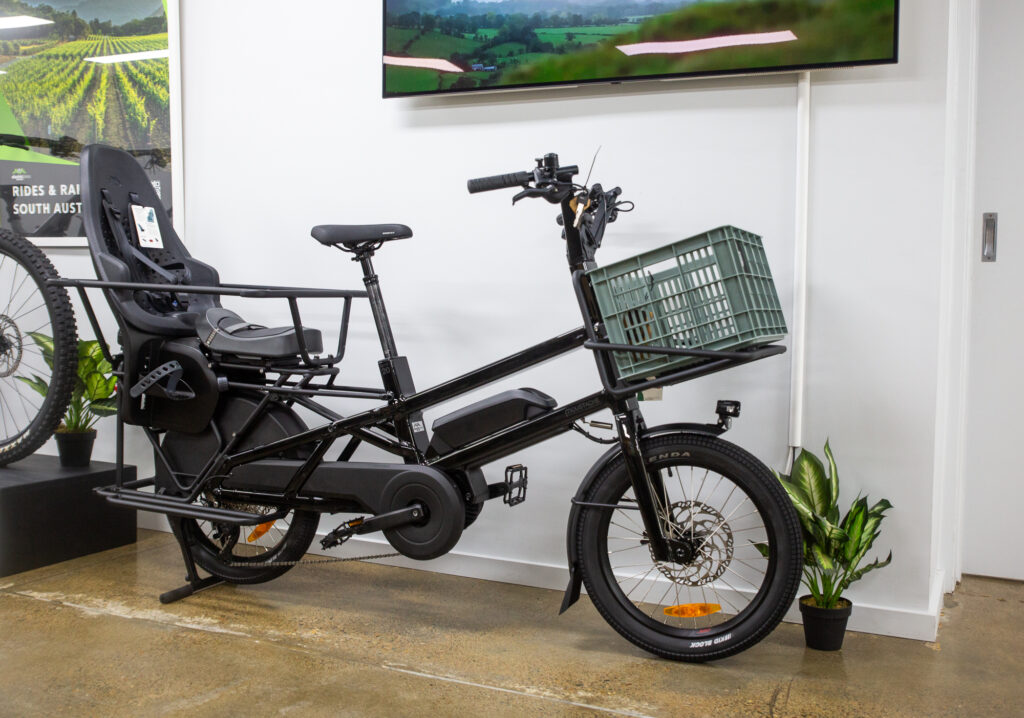
Before buying an e-bike, it’s important to consider what style of riding do you do? If you need to carry out errands like reasonably sized shopping or carrying passengers, then a cargo bike will be a great option. If you want to get to and from work, you may look for a commuter e-bike. If you want to just use it for mountain or road riding, then that’s available too. Despite featuring relatively new technology, the amount of e-bike styles on offer is almost as wide as traditional bikes.
Have a conversation with your local BQ retailer and they should ask you what kind of things you want the e-bike for. For some it could replace their car or public transport, while for others they’ll only be using it on weekends for recreation. Some care about the aesthetics, so what your e-bike looks like will be important, while for others it might not matter.
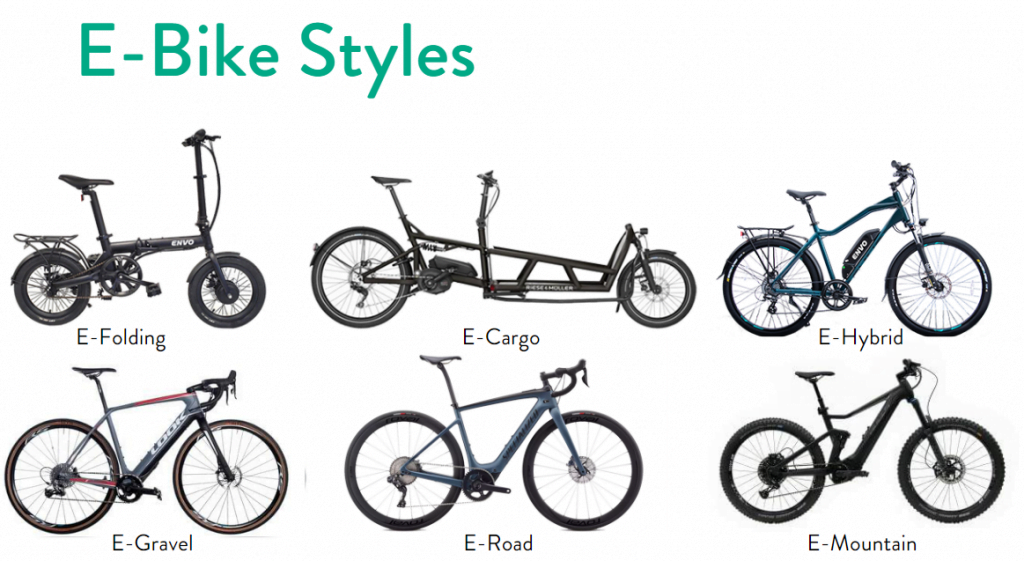
E-bikes range from $800 for a basic bike and battery to more than $14,000 for a high-end version.
A reasonably priced median of $1500–3000 will generally come with a decent battery and guards for wheels and the chain, making bike commuting a cleaner prospect. Additional items like lights, racks and panniers will be extra.
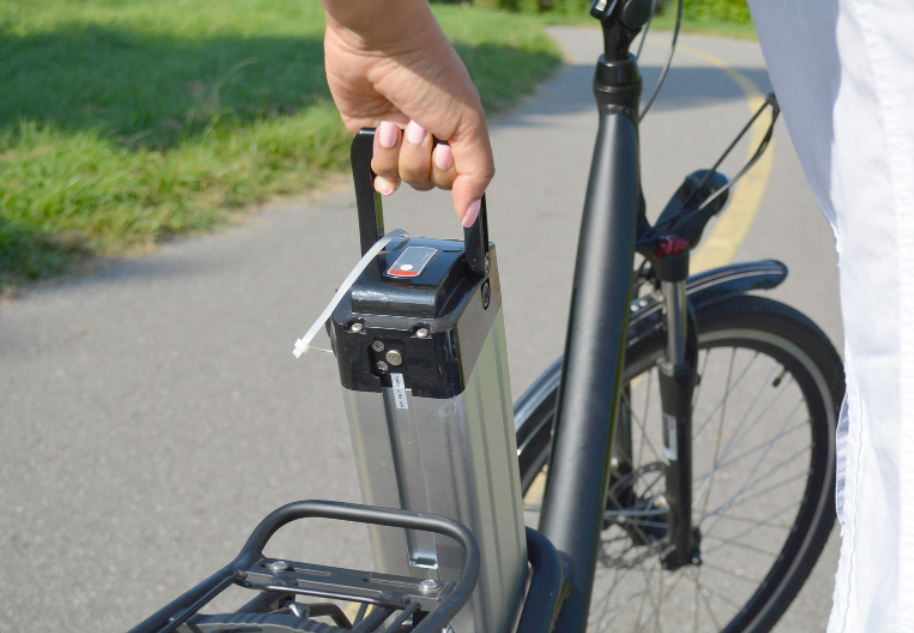
You can expect the batteries to last for about 500 charges, and replacements cost between $350 and $1000 depending on their size. Budget for a replacement every three years.
Typical recharge time is four to six hours. If you charge only partially, this does not count as a full recharge but a fraction of a full charge. Check the manual for proper battery charge maintenance.
E-bikes come with a battery charger and most have a removable battery pack. To charge your e-bike, you need to remove the battery pack from the bike, if it’s removable, plug the battery charger into a mains outlet and connect the battery pack to the charger.
Yes, it’s possible to buy an e-bike conversion kit and have it fitted onto your existing bike, but it may not always be the best option. Some things to consider if you are thinking about converting your bike into an e-bike include:
Other considerations to talk about with your e-bike retailer:
Higher watt motor
This means more torque or take-off potential from a standing start. All will be set from 200 to 250W for legal reasons.
Throttle
While generally e-bikes require you to pedal to activate the motor, some come with a throttle which can start the motor without pedalling. The throttle can legally power your bike up to 6km/hr, so it can be useful if you need help taking off from a standing start – especially up a hill. However, using the throttle will drain your battery faster.
Weight
E-bikes are heavy – some are over 25kg because of that battery. Remember to take this into account if you might need to lift it, for example to carry upstairs or mount on a roof rack. Remember the final weight is inclusive of the addition accessories like lights, panniers, etc.
Tyres
Puncture-resistant tyres will save you from having to change too many flats – a particular hassle if you have a rear hub motor or if you struggle with the weight of the bike.
Brakes
Look for hydraulic disc brakes, they’ll be more expensive but require less maintenance than mechanical disc brakes or V brakes.
Accessories
A helmet is a legal requirement when riding a bicycle of any kind. Lights, hi-visibility clothing, locks, a pump, mudguards, chain guard, racks and panniers are extras worth considering, although remember they all add weight.
Servicing
Budget for around $350 every year for servicing if you want your hub, brakes, chain, cassette, and gears to last and prepare to add to that for any parts needed. The cheaper your purchase, the more likely you’re going to need to add a lot of spare parts in the near future.
The motor that utilises the battery energy to give the bike momentum can be located either in the middle of the bike (mid-drive) or in the hub of one of the wheels (hub drive).
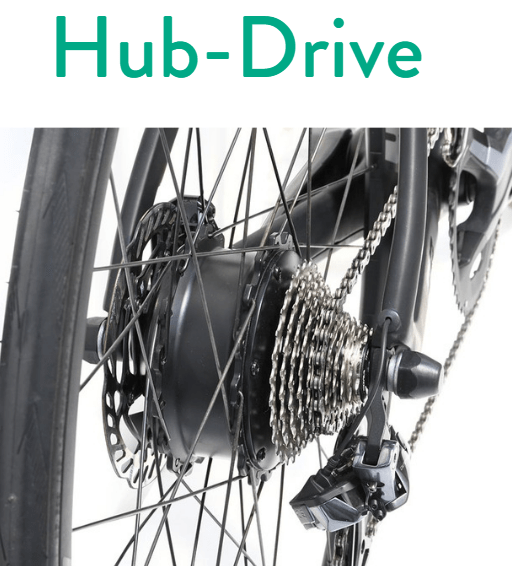
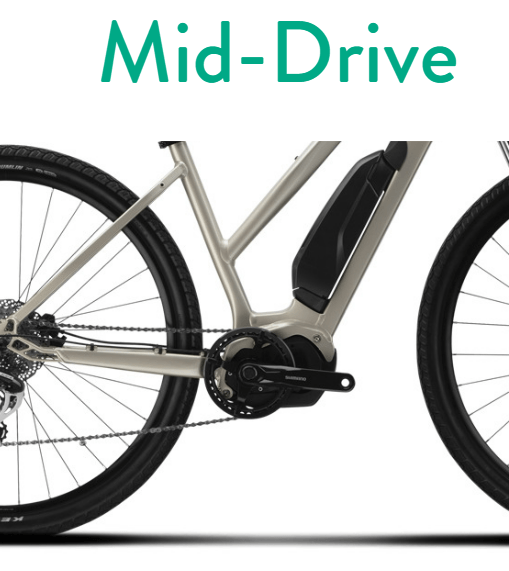
No. Just like regular bikes, e-bikes don’t require a license or registration, but riders are legally required to wear a helmet and follow road rules.
By Mike Blewitt Ground Effect are well-known for making versatile cyclin...
When is a bike light more than just a light? See.Sense have developed a range of lights that don’t just respond to your rid...
It is difficult to place a value on a reliable bike. It doesn’t need to be fancy, but a bike that lets you escape, or gets ...
By Amanda Hernandez I am now a long-sleeved jersey convert! I normally w...